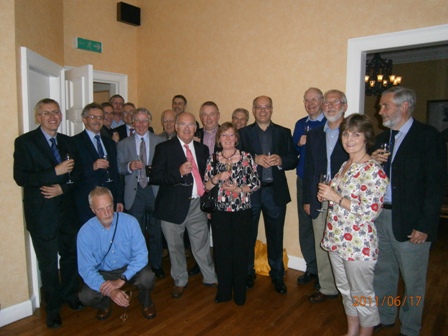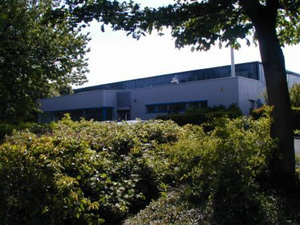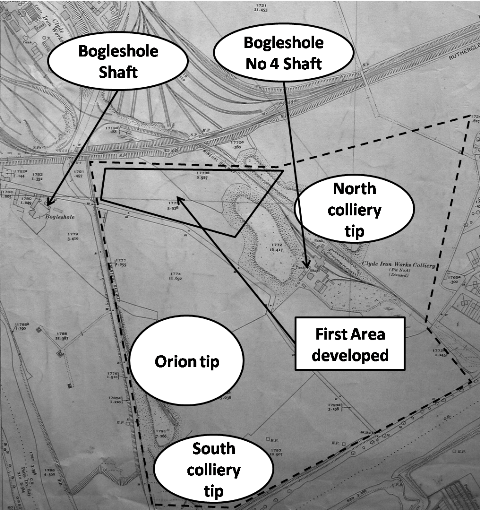Regeneration and Urban Renewal
Regeneration and Urban Renewal Programmes have been around since 1975 at least. Examples of involvement much of which predates our consultancy work are:
- Feasibility studies for exisitng buildings and estates that were closing or had closed. These included woollen mills in the Scottish borders as well as industrial building in central Scotland especially in Glasgow. Memorable buildings include Eastfield Mills in Hawick and a disussed workshop that had to be opened with blowtorches and welded closed afterwards.
- New estate developments including Cambuslang Industrial Area, over 300 Ha on the edge of Glasgow, which began in 1975, discussed in more detail below.
- Singer's estate, fornerly the site of the famous sewing machine manufacturer in Clydebank. At one stage this site employed 15,000 people.
Cambuslang Industrial Area
In 2010 Barry Tuckwood provided a paper based on the development of Cambuslang, for an International Geotechnical Conference held in London. As well as his direct expereince in 1975-81. It drew on material made available to him by a wide range of people he had worked with at the time and whose own involvement in the overall development spanned over 30 years.
The key message is that regeneration requires a clear vision, long term commitment, and the willingness to work in a continuously changing environment.
 |
Land Renewal Unit Reunion, Stirling 2011 Barry is standing 2nd from the left |
Other regeneration work includes:
- Commercial developments
- Domestic developments for housing associations
- A new build on an infill site
- School development
- College development of a site unused for about five years
Scottish Development Agency (now Scottish Enterprise)

Site development and renewal with the Scottish Development Agency, now subsumed into Scottish Enterprise. The building pictured is on an industrial estate on the edge of Glasgow.
The site was previously used variously for mining, brickworks and chemicals, as well as waste disposal. Converting it from derelict land into an industrial estate was a part of the economic regeneration of the area.
Environmental aspects were an important aspect even then, but it is fair to say that we never used the expressions ‘environmental issues’ or ‘change management’ although they were both at the heart of what we were doing.
The overall site is depicted below:

As can be seen the site orignially included disused mineworkings, railway lines running tot he nearby Clyde Iron Works, and other industrial works. The two mineshafts shown had been so well hidden that they required careful exploration work to identify them.
All urban regeneration works encounters complex problems associated often with the absence of accurate records regarding the history of the land and property's use, often hidden from view as depicted here. These problems can pose enormous risks for developers.
Other aspects or project management that might be of interest are
